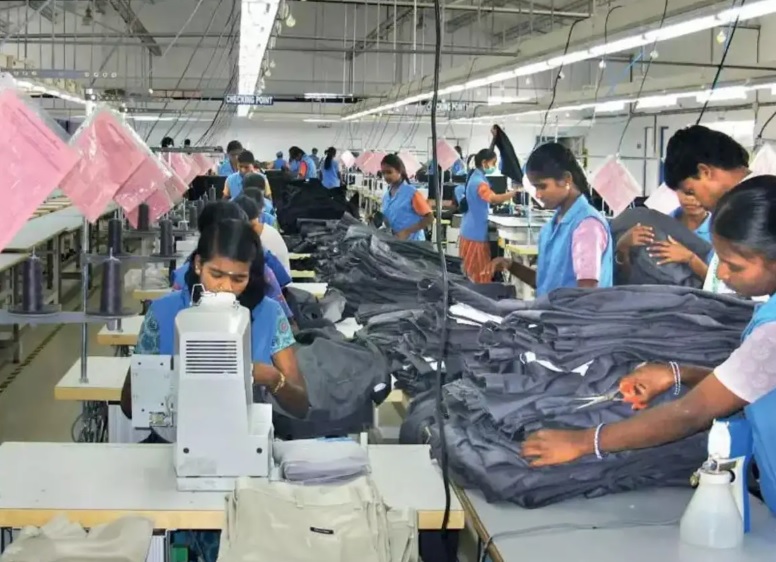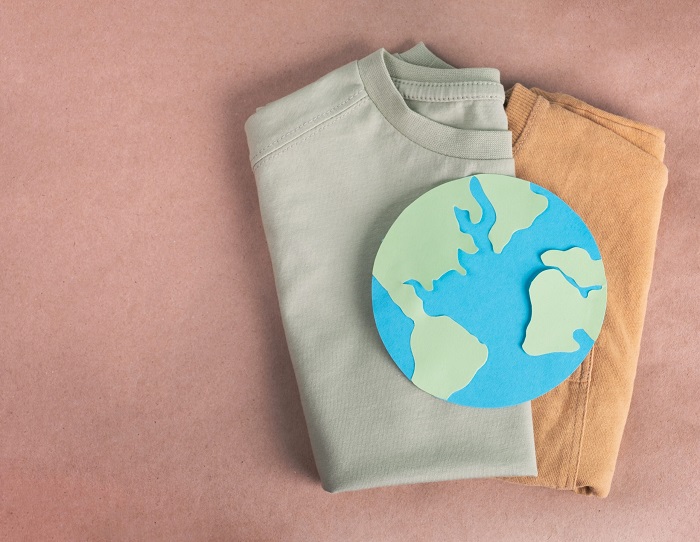
While Levi’s has been moving towards sustainability in manufacturing denim, the company finds it hard to live up to expectations. For example, a team of designers takes weeks to figure out exactly where to fade the indigo and position the tears for the most authentic vintage look. Then, factory workers use sandpaper and harsh chemicals to make it look properly worn in. The jeans are then probably washed for hours so that the blue colour can fade out, these dyes inevitably end up polluting the groundwater. Bart Sights, Head-Levi’s innovation center, the Eureka Lab, points out the company alone offers over a thousand different finish looks per season. They are produced with labour-intensive, repetitive motion jobs, and a long list of chemical formulations.

In order to reduce the impact of harmful chemicals, Levi’s has achieved a breakthrough that uses infrared light to etch off a very fine layer of the indigo and cotton from a pair of jeans, creating the same faded finishes and tears in 90 seconds flat. As per Sights, this new technique will automate many new aspects of the company’s denim-making process, from design and prototyping, to manufacturing, catering to consumer demand. As Liz O’Neill, Supply Chain Officer, Levi’s says it started as an idea for a change in a manufacturing process. But it has actually evolved into a holistic digital transformation that covers the whole supply chain from end to end. For 2019 and beyond, Levi’s will scale up this technology and aims at producing 75 million pairs of denim.
Speeding up the process
Meanwhile, the Eureka Lab has also created a video game-like software that allows designers to build new styles on an iPad. The platform allows them to, say, take one of Levi’s styles like the 501 or the 511 in one of a few basic colours, then use buttons and levers to distress the jeans, add studs, rips, or other design elements. What’s so unique about this? The digital file that the designers produce can be immediately sent to the laser machine, which will produce the design on a prototype of real jeans. According to O’Neill, this new tablet design tool reduces the process it takes to prototype a pair of jeans to just three steps. Previously, with all the drawing, reiterating, and then manually creating prototypes, it took between 12 and 18 steps. It also means not wasting as much material, since the photo-realistic accuracy of the new software means the prototype is as close to what the designer imagined as possible.
In 2016, Levi’s launched a new initiative, ‘Screened Chemistry’ to study the chemicals used in the manufacturing process and toxic chemicals got eliminated from the production process. The company had to use thousands of different chemical formulations to achieve the desired finishes, but with this revolution tool, the count would reduce to dozens and that’s quite remarkable. Going by the magnitude of production, Levi’s will first introduce the lasers into its large warehouse outside Las Vegas. Additionally, the new process would radically speed up the time it takes to bring a new design to market. Once a new trend emerges, a designer would develop a prototype within hours, which could then be produced at scale within months.
The significance
According to some estimates, globally between 80 and 100 billion never-worn garments are sent to landfills every year. A lean approach, like the one by Levi’s is using, could cut down on this waste and provide a model for other huge apparel corporations to follow. O’Neill emphasised that Levi’s is shifting its model from ‘sell what you make’ to ‘make what you sell,’ and this will improve its overall inventory health.












